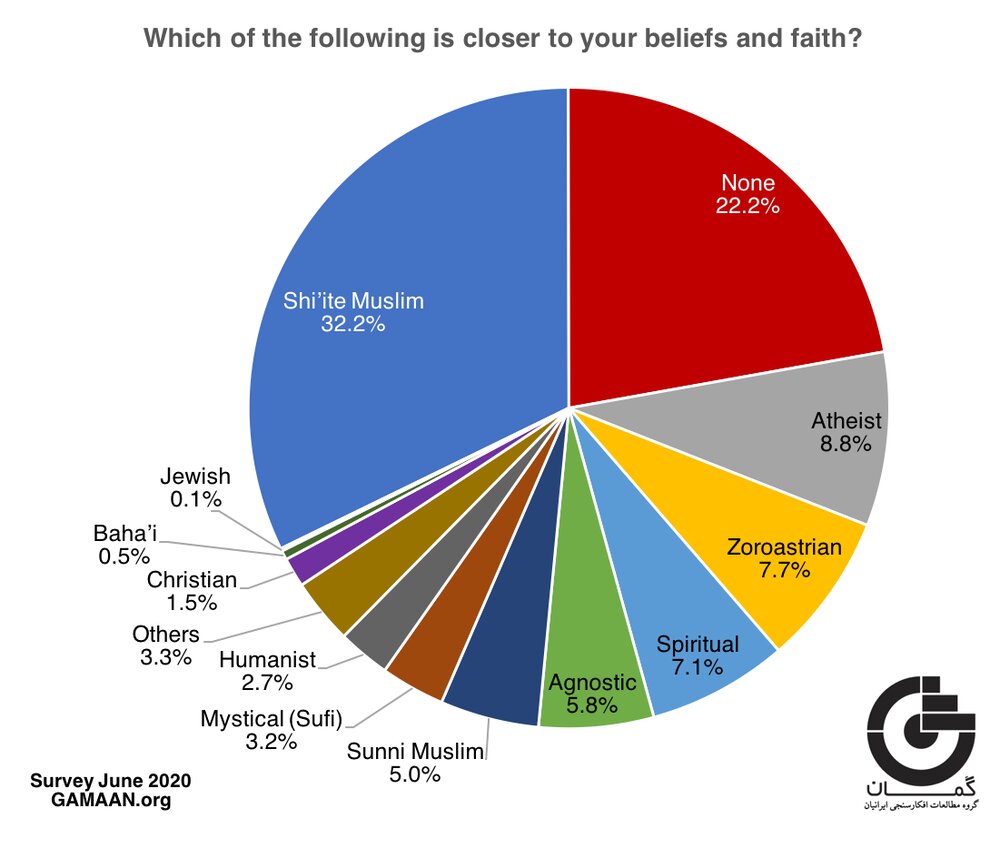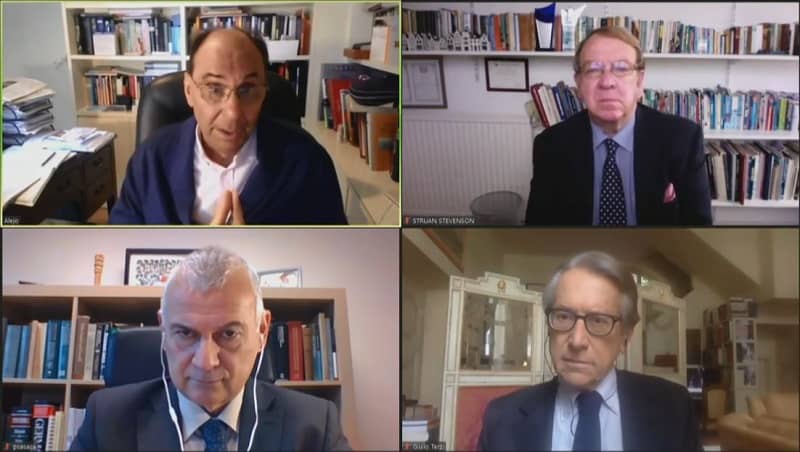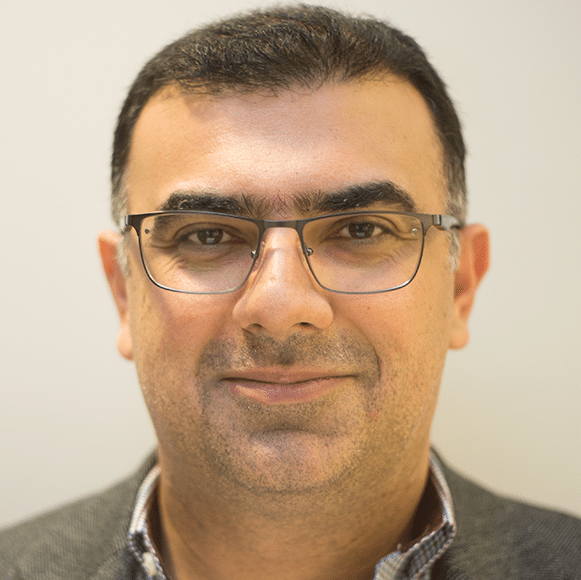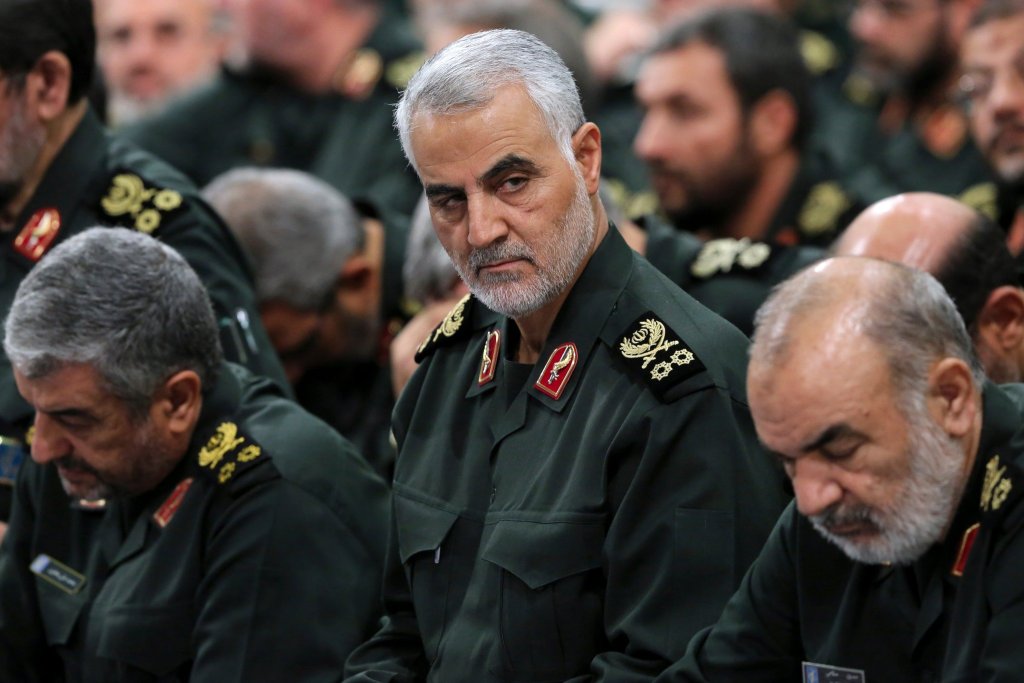Articles
Tue 12 May 2020
A little over four decades ago, when a Shia Muslim cleric named Ayatollah Ruhollah Khomeini emerged in Iran and on the world political stage as the head of an unprecedented theologico-political project, few people in the West realized that they were witnessing the gestation of a new ideological challenge to the liberal-democratic worldview. For decades after Khomeini launched his Islamist revolution in Iran, the world’s liberal-democratic states failed to grasp that Islamist radicalism was a direct ideological threat, even though from its inception it had proclaimed Western democracy as its main enemy.1





